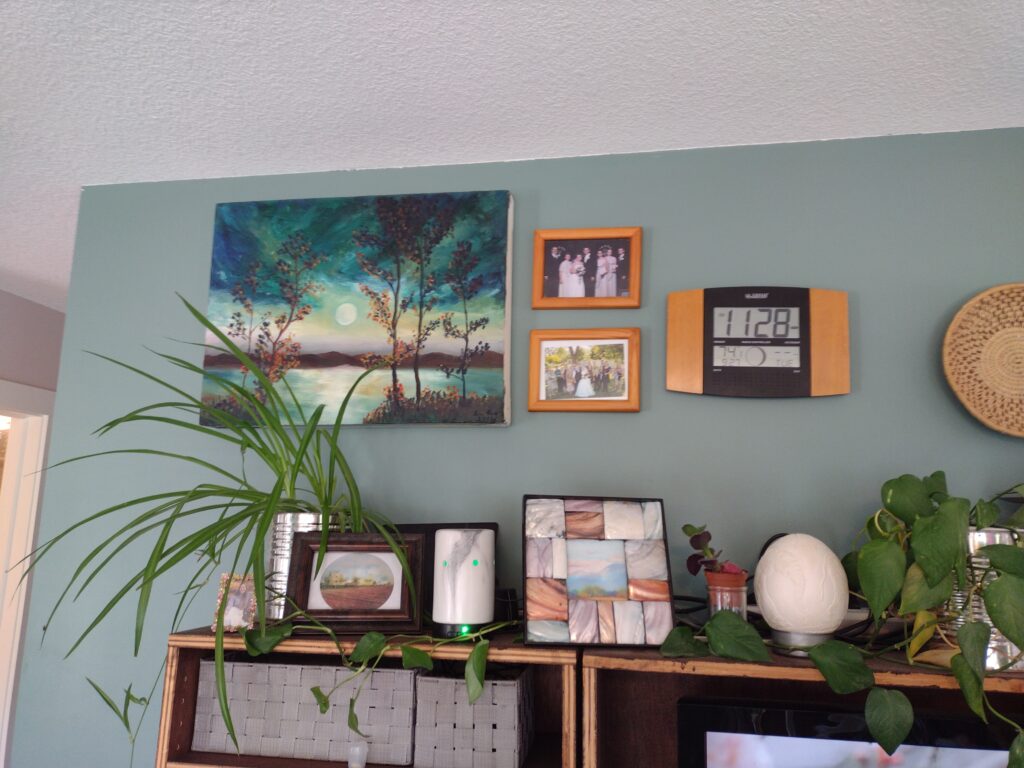Yesterday, I posted a very long review of the current state of research on essential oils. My conclusion was that
“There’s a lot of buzz about essential oils these days – and essential oils show some promise for enhancing health. But, the current state of research is such that an evidence-based practitioner should be extremely cautious about making any recommendations regarding essential oils. We simply don’t know enough.”
Those who read yesterday’s post will likely be unsuprised to find that my reviews of the following books about essential oils tend to be critical, especially of the health claims made within.
Even while I am skeptical regarding supposed health benefits of essential oil use, I tend to think that most essential oils, when diluted minutely and administered either topically or by inhalation (such as being diffused into a room), are unlikely to be dangerous. There are few documented adverse effects of essential oils in their usual uses, so I would feel much more comfortable using them in the “usual ways” than in some novel dilution or route. (I would be extremely cautious of using essential oils internally, as this is NOT a common use and therefore more of an unknown as far as potential toxicity goes.)
The Essential Oils Book: Creating Personal Blends for Mind & Body by Colleen K. Dodt
This is the first book I read on using essential oils – and the subtitle accurately represents what you’ll find within. The bulk of the book is “recipes” for essential oil blends to be used as cosmetics, bath blends, cleaning solutions, and the like. There are a wide variety of recipes, some using specific oils (particularly the ones for use on the body) and others simply giving direction to add “15 drops essential oils” (generally the cleaning or room freshening recipes).
The author is clearly fond of aromas and she shares her enthusiasm not only by encouraging the use of essential oils but also the use of fresh and dried flowers and herbs. That was fun. On the other hand, the author also seems pretty flaky and frequently mentions pseudo-scientific things (which might just be the state of aromatherapy at this point) like detoxifying for weight loss.
The third chapter describes around 30 essential oils, giving its information in loose headings: “Nature”, “Benefits”, “Suggested Uses”, “Blending”, and “Cautions”. Some oils contain all these headings, others only a few. Often information that seems to best fit under one heading appears under another. Sometimes cautions that I read of other places aren’t given here. And, of course, very few of the claims can be supported by scientific literature.
Nevertheless, I found this to be a useful introduction into how essential oils can be (and are) used in a variety of ways both in personal care and in the home.
Essential Energy: A guide to aromatherapy and essential oils by Nikki Goldstein
This full-color “artsy” book ended up being a fascinating blend of historical and practical information about aromatherapy. The first chapters describe the use of aroma throughout history (and throughout the world) and how smell and touch work together to accomplish aromatherapy’s magic. This book too describes a list of around 30 essential oils, giving historical information, “benefits”, “safe use”, and “cautions” for each one in addition to giving the common name, the botanical name, the source of the essence, where the plant is cultivated, what the aroma is like, and which perfume note the essential oil has. Finally, the author describes multiple ways to use essential oils (massage, aromatherapy baths, infusions, compresses, etc.) and lists a variety of ailments along with the essential oils that are purported to treat them.
If you haven’t figured it out by now, I’m skeptical of many of aromatherapy’s claims, feeling that there simply isn’t sufficient scientific evidence to encourage (or discourage) the use of aromatherapy. The “practical” portions of this book tend to make me more skeptical, as they give wildly improbable and unscientific potential mechanisms for aromatherapy’s action (smells don’t purify the blood, the liver does.) Furthermore, I struggle with all the contradictory results – oils that are both stimulating and relaxing? But that says more about the state of the science on aromatherapy than it does about this particular book.
For those interested in learning about the history of aromatics or in the steps to do a full-body aromatherapeutic massage, this would be a good resource. I enjoyed reading it.

